
Introduction to Amazon’s new regulation UL4200A
On September 21, 2023, the U.S. Consumer Product Safety Commission (CPSC) published two final rules in the U.S. Federal Register.
The Commission voted and adopted ANSI/UL 4200A-2023 as the safety standard for Amazon products containing coin-cell batteries and the testing and labeling requirements for consumer products that comply with 16 CFR 1263, coin-cell batteries or consumer products containing such batteries, for the purpose of complying with Reese's Law. This regulation will take effect on March 19, 2024.
The Commission also incorporated the standard outlined in Section 1263.4 to provide clarification on labeling requirements for battery packaging, with a separate implementation date of September 21, 2024. Therefore, manufacturers and/or importers of products containing button batteries must provide a product certificate for all children's products or a General Certificate of Conformity (GCC) for general-purpose consumer products imported into and sold in the U.S. market.

1. What are the provisions of Reese's Law?
Reese's Law is a federal law in the United States aimed at strengthening the safety protection of children's button batteries. Its full name is Reese's Law: Reminding Essentials About Children's Health by Permanently Reinstating Effective Safety Measures.
1.1 Main contents and requirements of the bill include:
- 1.1.1 Require the Consumer Product Safety Commission (CPSC) to develop mandatory consumer product safety standards to address the risk of injury from button batteries due to swallowing or insertion into the nasal cavity/ear canal.
- 1.1.2 For children’s products containing button batteries, manufacturers are required to conduct strict safety testing and complianCE certification.
- 1.1.3 Set clear safety mechanism requirements for the use of button batteries in children's products, such as the use of battery compartment covers with threads, battery compartments that require special tools to open, etc.
- 1.1.4 Require clear warning labels on product packaging, instructions, etc., to warn parents to keep children away from the dangers of coming into contact with button batteries.
- 1.1.5 CPSC needs to regularly evaluate the effectiveness of standards and revise them when necessary to strengthen safety protection.
The UL 4200a standard is formulated in accordance with the requirements of Reese's Law and is an important technical basis for the implementation of the act.

2. What does GCC mean?
GCC refers to the abbreviation of General Conformity Certification, which is called "General Conformity Certificate" in Chinese. For general-purpose consumer products containing button batteries (not specifically designed for children), the manufacturer or importer needs to provide a GCC to prove that the product complies with relevant safety standards including ANSI/UL 4200A.
2.1 GCC files should usually contain the following main contents:
- Basic identification information of the product, such as name, model, manufacturer, etc.
- Statement that the product complies with all applicable safety standards and regulatory requirements, such as ANSI/UL 4200A, etc.
- For each standard, list all test items performed and their results.
- Signed by an authorized person of the manufacturer or importer to formally certify conformity and compliance.
- Provide a compliance test report or letter issued by a third-party certification agency as proof.
Simply put, GCC means that for products not specifically designed for children, a letter report is issued to the manufacturer or importer based on the test of the ANSI/UL 4200A standard as supporting evidence for the preparation of GCC.
3. Overview of UL 4200A standard
3.1 Scope of application of the standard
- Consumer products containing button-type lithium batteries with a diameter not exceeding 32mm.
- Not limited to a specific type of product, including but not limited to remote controls, electronic toys, small appliances, etc.
- Products specially designed for use by children require a separate children's product certificate.
- For general-purpose consumer goods, a General Certificate of Conformity (GCC) is applicable.
3.2 Purpose of standard setting
- The main purpose is to prevent children from the risk of injury caused by accidentally eating/inhaling button batteries.
- Comply with the requirements of the US Reese's Law.
- Through mandatory design requirements, prevent children from coming into contact with the battery to the greatest extent.
3.3 Basic requirements of standards
- Product Requirements for User-Removable Batteries:
- Products with user-removable/replaceable batteries must prevent children from coming into contact with the battery and require the use of tools or double actions to open the battery compartment.
- Product Requirements for User-Non-Removable Batteries:
- Products whose batteries cannot be removed/replaced by users must be completely prevented from being removed by users or children, such as by welding and fixing.
4. Introduction to the requirements for products containing button batteries specially designed for children
4.1 Product design stage
- Follow the safety design requirements for button batteries, such as using battery compartments that require double actions or special tools to open, batteries being permanently fixed, etc.
- Comply with other relevant design requirements of children's product safety standards such as ASTM F963, such as small parts to prevent choking, edges to prevent cuts, acceptable heavy metal content, etc.
4.2 Material selection link
- Button batteries should use lithium metal or lithium ion chemistry, and mercury batteries are prohibited.
- Other materials should comply with limit requirements for heavy metals, phthalates, etc.
4.3 Product testing and certification
- Entrust a third-party laboratory to conduct comprehensive testing in accordance with UL 4200A and other relevant standards, including drop, impact, battery fixation testing, etc.
- Design special tests for children’s usage scenarios to simulate possible misuse behaviors by children.
- Passed all tests and received a children's product certificate.
4.4 Labeling and description requirements
- All warning statements or icons should be prominent, legible, easily identifiable under normal lighting conditions, and permanently marked.
- Labeling must be in the official language of the country where the product is sold, or if there is no official language, it must be in English.
- For labels provided on stickers, tags, instructions, or manuals, the height of the safety warning symbol and the signal word "WARNING" must be at least 0.2 inches (5 mm). Unless otherwise specified, the remainder of the text must be in uppercase characters of at least 0.1 inches (2.5 mm).
- Packaging mark:
- The main display panel shall contain the warning label in Figure 7B.1 or Figure 7B.2. The icons in Figure 7B.1 must be at least 7mm wide and 9mm high. The icon in Figure 7B.2 shall be at least 8 mm (0.31 in) in diameter. The text in the warning label should be as shown in Figure 7B.1 or Figure 7B.2. When marking on printed labels using multiple colors, the colors shown in Figure 7B.1 or Figure 7B.2 must be used.

(If there is insufficient space on the main display panel of consumer goods packaging, 7B.3 needs to be placed, and 7B.4 should be placed on the secondary display panel. If there is no consumer product packaging, the accompanying hangtag or sticker label shall include the following text):
- For products with non-replaceable batteries, include a statement indicating the product contains non-replaceable batteries.
- Battery type (e.g., LR44, CR2032).
- Nominal voltage.

Product mark:
- Consumer products should carry a warning label on the product display to alert consumers to the presence of button or coin batteries. Warning text should include safety warning symbols, signal words, and text, as shown in Figure 7C.1. On printed labels using multiple colors, the markings must use the colors shown in Figure 7C.1.


(When product space is limited, use the "Warning: Contains Coin Batteries" icon shown in Figure 7C.2 without text. The icon must be at least 7 mm wide and 9 mm high and must be located on the product display panel. On printed labels using multiple colors, the markings must use the colors shown in Figure 7C.2. The icon should be defined in accompanying printed materials, such as instructions, manuals, inserts, or hang tags).
(When the product itself is too small to contain the text warning in Figure 7C.1 or the icon in Figure 7C.2, the product should):

- A warning label is affixed to the package in accordance with the requirements of Section 7B "Package Marking."
- Use the requirements in Section 7B "Package Marking" to include a tag or label with a complete warning label.
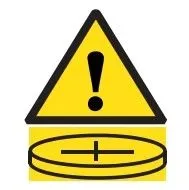
5. Main test items of the standard
5.1 Structural assessment:
- Use a test probe to check to make sure the battery compartment cannot be opened without a tool or a single movement.
- Check whether the hatch opening method requires dual independent actions.
5.2 Performance testing:
- Drop test (10 times for handheld products at a height of 1 meter, 3 times for portable products).
- Impact test (2J energy), simulates the impact of the product upon impact.
- Compression force test (330N for 10 seconds) to evaluate the product’s compression resistance.
- Use a probe to apply 45N for 10 seconds to check whether the hatch is accidentally opened.
5.3 Stationary battery testing:
- Stationary battery products that are not removable by the user.
- Special battery stability testing is required.
- Apply a pulling
force of 20N to the battery for 10 seconds.
- Check whether the battery can be pulled out or displaced under tension.
- This testing program is critical to ensuring the safety of batteries in such products.
Through comprehensive structural inspection, simulated usage scenario testing, and special testing for stationary batteries, it is possible to comprehensively evaluate whether the product meets the requirements of the UL 4200A standard and obtain certification qualifications. Considerations of ergonomics and children's use scenarios run through all aspects of the standard, with the goal of minimizing all potential risks of misoperation by children.
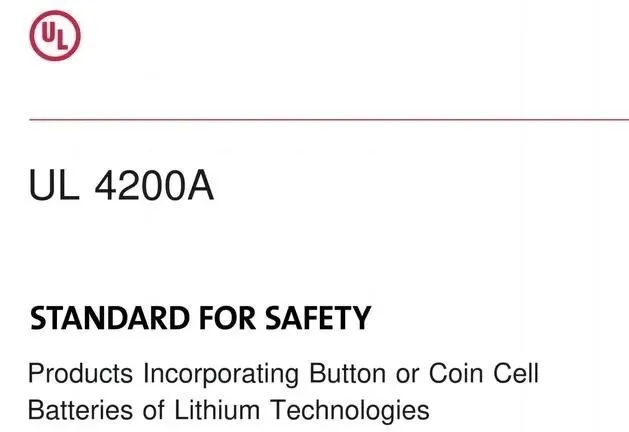
6. Impact of UL 4200A
6.1 Overall improve the safety protection level of market products and bring peace of mind to consumers.
Through strict design requirements and testing standards, potential safety hazards in products containing button batteries can be effectively eliminated, and consumers' experience and purchasing confidence can be improved.
6.2 Force manufacturers to pay attention to safety compliance design, proactively eliminate product hazards, and improve brand image.
The enforcement of standards will push manufacturers to strengthen product safety design from the source and proactively investigate and eliminate various safety risks. This will not only help improve brand reputation but is also the only way to win the trust of consumers.
6.3 Promote manufacturers to increase investment in research and development and explore innovative design concepts and technical routes.
In order to meet strict safety standards, manufacturers will be forced to increase investment in research and development, devote themselves to innovative safety design concepts and technical solutions, and promote the technological advancement of the entire industry.
6.4 It may push up the manufacturing costs and price levels of related products.
Implementing safety-protective designs and passing certification testing require additional resource costs, which may push up the manufacturing costs and sales price of the final product to a certain extent.
6.5 Promote related industries to develop in a safer, humane and environmentally friendly direction.
This standard will undoubtedly inject new impetus for safety development into the entire battery and consumer electronics industry, forcing companies to increase investment in safe and user-friendly design while taking into account environmental protection concepts and pushing the industry in a more sustainable direction.
7. Conclusion:
The U.S. Consumer Product Safety Commission (CPSC) has issued two final rules adopting ANSI/ul 4200a-2023 as the safety standard for products containing coin cell batteries and establishing testing and labeling requirements under 16 CFR 1263 to comply with Reese's Law. These measures aim to strengthen the safety protection of children's products and require manufacturers to provide product certificates or general certificates of conformity (GCC) to ensure that products comply with relevant standards and protect consumer safety.
For more details, please refer to the following URL
The U.S. Consumer Product Safety Commission’s introduction to children’s products
https://www.cpsc.gov/Business--Manufacturing/Business-Education/childrens-products
Reese's Law
https://www.govinfo.gov/content/pkg/BILLS-117hr5313enr/pdf/BILLS-117hr5313enr.pdf
CPSC Proposed Rules for Coin Cells or Button Cells and Consumer Products Containing Such Batteries 16 CFR 1263 Safety Standards and Notification Requirements
https://www.govinfo.gov/content/pkg/FR-2023-02-09/pdf/2023-02356.pdf?utm_source=federalregister.gov&utm_medium=email&utm_campaign=subscription+mailing+list
Safety Standards for Button Cells or Button Cells and Consumer Products Containing Such Batteries
https://www.federalregister.gov/documents/2023/09/21/2023-20333/safety-standard-for-button-cell-or-coin-batteries-and-consumer-products-containing-such-batteries
CPSC U.S. Consumer Products Commission Interpretative Provisions on 16 CFR Part 1200
https://www.ecfr.gov/current/title-16/chapter-II/subchapter-B/part-1200
Email:hello@jjrlab.com
Write your message here and send it to us
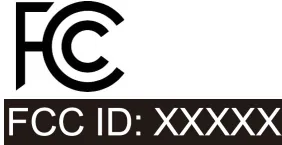 What is FCC Class A vs. Class B?
What is FCC Class A vs. Class B?
 UL Standards for Electrical Equipment
UL Standards for Electrical Equipment
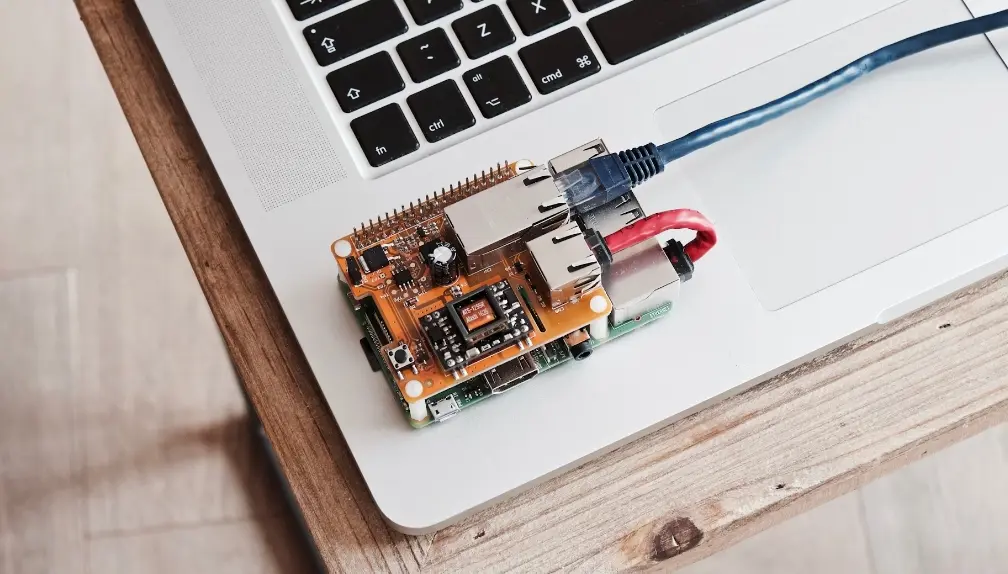 Is UL Certification Required in the USA?
Is UL Certification Required in the USA?
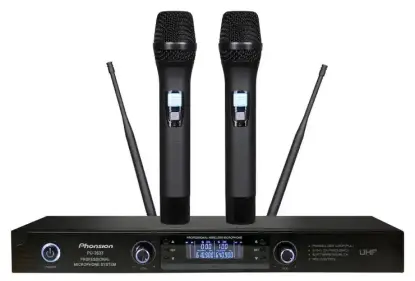 Wireless Microphone Export Certification
Wireless Microphone Export Certification
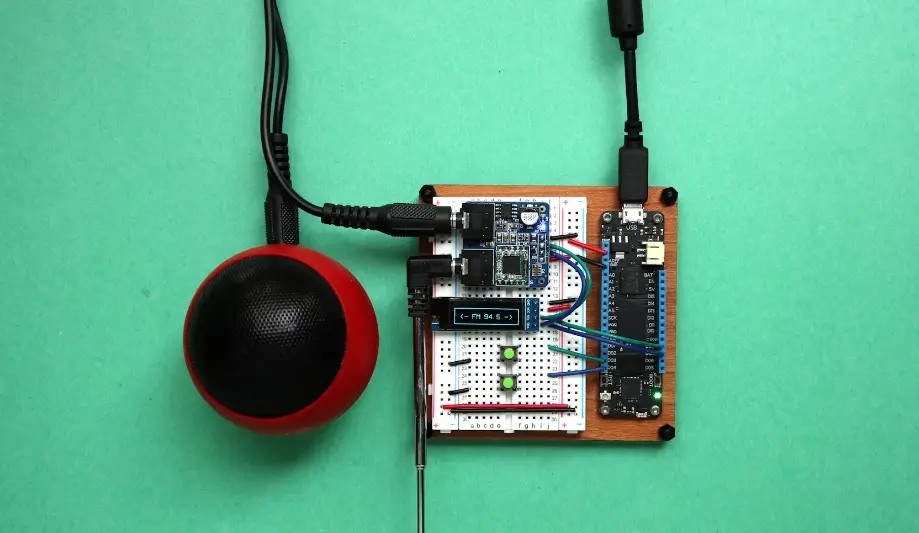 Audio-Visual Products SNI Certification in Indones
Audio-Visual Products SNI Certification in Indones
 FCC-ID: Still Needed if Module is Certified?
FCC-ID: Still Needed if Module is Certified?
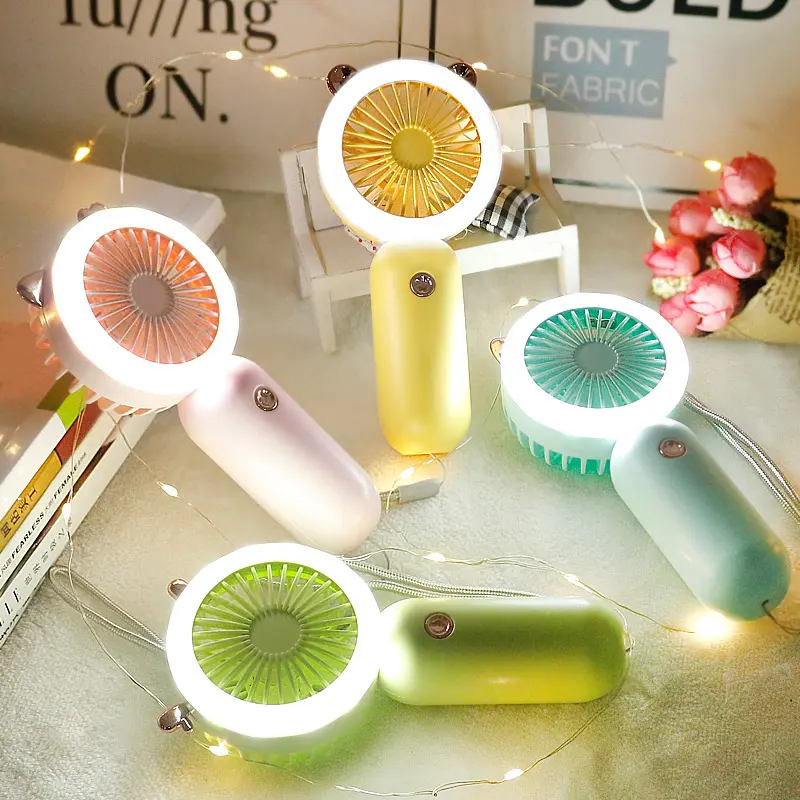 FCC Certification Fees for Handheld Fans
FCC Certification Fees for Handheld Fans
 FCC Certification Testing for Smart Lighting Produ
FCC Certification Testing for Smart Lighting Produ
Leave us a message
24-hour online customer service at any time to respond, so that you worry!




